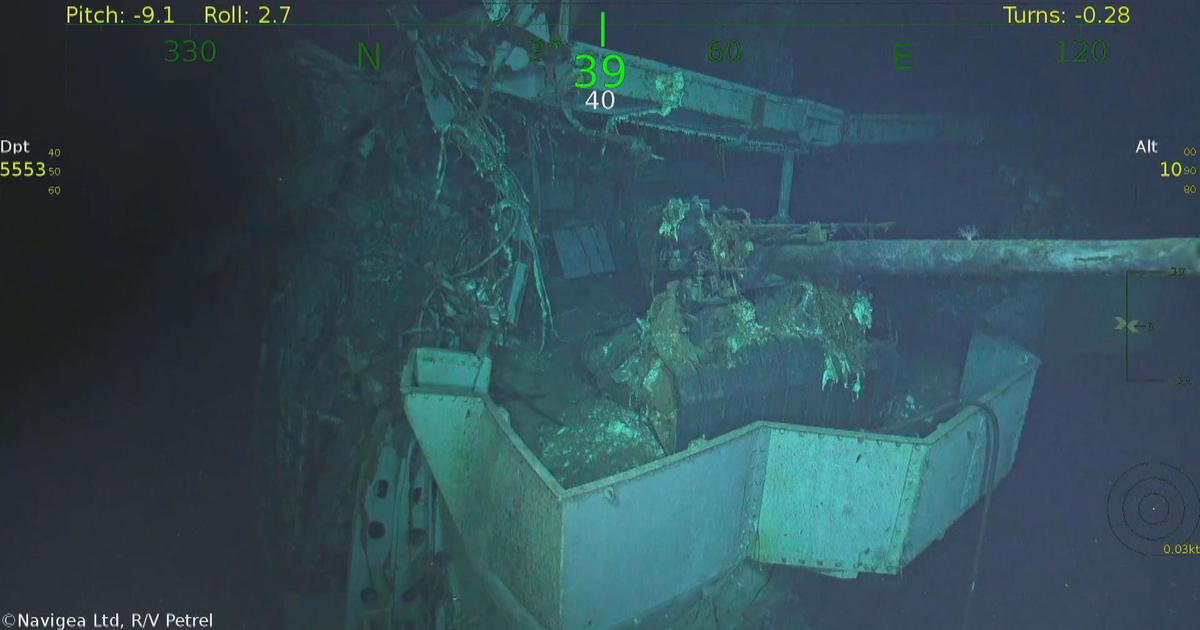

15, 1942, on the northern coast of Guadalcanal. Hirokawa Maru and Kinugawa Maru were hit on Nov. The histories that have been written and recorded about the war have informed much of the recent research into the thousands of potentially polluting wrecks across the Pacific. Their call ushered a flurry of strafing B-25 bombers and Naval Corsair fighters that blew a hole in the minelayer’s hull, sinking it yards off the sands of northern New Georgia. But Indigenous Solomon Islander scouts alerted the Allies to the mysterious new island in Mbaeroko Bay. The Kashi Maru’s crew had been furtively unloading cargo from the 172-foot ship, and had attempted to camouflage it under a thicket of native greenery.įrom above, the ship appeared to be just another island among the more than 900 that comprise the South Pacific nation. forces in the Solomon Islands during World War II. A ladder leads down into the Kashi Maru, a Japanese merchant ship sunk by U.S.

forces sank the 654-ton ship during WWII, in the bloody campaign for the Solomon Islands, as fighting migrated westward to the island of New Georgia in 1943. Corals adorn the steel hull, which has become a haven for marine life and a pilgrimage for scuba divers. An iron sarcophagus is all that is left of the Kashi Maru, a Japanese merchant ship lying in the midnight-blue waters of Mbaeroko Bay.


 0 kommentar(er)
0 kommentar(er)
